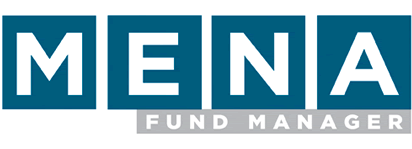Iran is on course to change significantly over the next decade, with or without a deal, but we see the greatest upside via opening up to investment. We expect the most bullish sentiment in the first year
Iran is the largest and most important economy in our view that is still closed to institutional investors, with an educated 78 million population to rival the 77 million of Turkey; a $404bn 2014 GDP that is larger than that of the UAE, Thailand or South Africa; and wages that are competitive with those of Vietnam; 9% (157 billion barrels) of the world’s oil reserves, close to Canada’s 10%.
The $95bn market capitalisation of the stock market is larger than fi ve MSCI emerging markets, and all MSCI frontier markets. With roughly $100m daily turnover and no Iranian restrictions on foreign involvement, we think portfolio fl ows could be significant as early as 2016.
We expect $1bn of infl ows to equities within a year of sanctions ending. Others will buy into companies such as MTN or various Turkish stocks as outlined in this report that have operational exposure within the region.
The US Secretary of State expects sanctions to be eased within 6-12 months of a deal. We believe Iran’s reformers will try to minimise that timeframe, meaning Iran could be open to investors in early 2016. We expect investors to explore opportunities ahead of time, fi nd custodians and earmark key stocks to buy – though we doubt this will include many banks.
We assume Iranian oil production will rebound by 750,000 b/d to 4.4 million b/d in 2016, and together with 19 million barrels of stored oil, this could increase Iran’s 1.6 million b/d of (2014) exports to 2.4 million b/d in 2016. As a result, we see the EU share of Iran’s exports rebounding from 2% in 2014 to the 17% seen in 2011 - before oil exports were sanctioned.
We see four phases to Iran’s opening up. Heading into 2016, experienced emerging market and frontier investors will arrive to discover what we believe will be a substantial opportunity. As in Russia in 1996-1997, we expect a strongly bullish stance from foreign investors.
The second phase (2017-2018) will be still more interesting, in our view, and again we use mid-1990s Russia as the template. Investors will likely learn the pitfalls of investing in a country with entrenched vested interests, from the clergy to the Revolutionary Guard, and surprising linkages between banks and companies that lead to some investments turning sour. We expect sectors such as tech or retail may benefit.
We see the third phase (to 2020) focusing on Iran’s response to this investor attention. Assuming the regime remains in place – which is questionable, in our view, with or without a deal – we can easily imagine two camps emerging.
On one side, a conservative camp may be prepared to accept foreign direct investment into the energy sector to improve Iran’s strategic self-sufficiency, but resistant to more change; a little like Putin’s Russia over 2012-2015.
On the other side, a liberal camp that might use foreign investor pressure, like Turkey in 2002-2007, to: one, recapitalise and own parts of the banking sector; two, become activist shareholders, thereby improving corporate efficiency and transparency; three, push through social and economic reforms; and four, improve low rankings in the World Bank Ease of Doing Business rankings and corruption surveys.
We see Iran’s growth ranging from 3% to 7%, depending on which scenario is chosen. The fourth phase (to 2025) we expect will be the population’s response to those choices.



